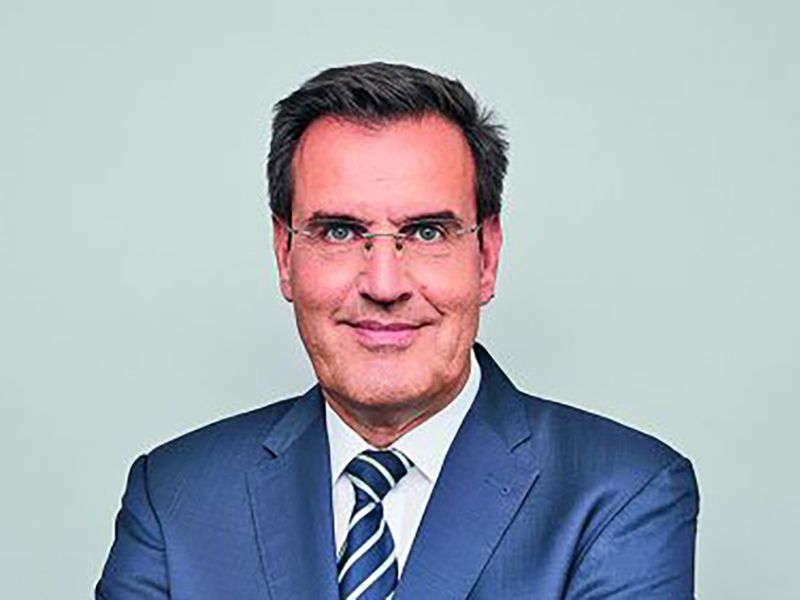
Powertrain supplier Vitesco Technologies, which spun off from Continental in September, will phase out much of its internal combustion engine business in the coming years as it bets big on long-term growth in electric vehicles.
The dramatic change speaks about both the evolution of Vitesco, formerly known as Continental Powertrain, and the future of Continental itself, a company that has been morphing from a leading world tire maker into a new titan of advanced electronics.
As a result of its repositioning strategy, Vitesco will shed nearly 40 percent of its current business in the coming years. By itself, Vitesco reported about $9.38 billion in revenue in 2020. Contract manufacturing for Continental, most of which will be phased out by 2025, accounted for $1.28 billion, and sales of noncore internal combustion engine technologies, such as injection products, totaled $2.32 billion, according to the company.
“We saw that those products will not have a future beyond 2030, and we consciously decided to step out,” Vitesco CEO Andreas Wolf said during a media briefing ahead of the company’s initial public offering last month. “Losing money for those products — it didn’t make any sense to continue.”
Despite its plans to send part of its portfolio to the chopping block, Vitesco is betting that as dozens of EVs and hybrid vehicles are being prepared to go to market over the next several years, it can become a major supplier of key electric components, including electric axle drive systems, inverters, converters and battery management systems.
It is already engaged in the market for the power electronics that control the give and take between the vehicle’s battery and its motor. Those technologies are critical to the powertrains of upcoming EVs and plug-in hybrids.
Vitesco expects that business to grow substantially, making up for its phased-out Continental and combustion engine products in the medium term and eventually growing beyond its 2020 revenue levels, Wolf said.
But it has a long way to go. As of 2020, the large majority of its revenue came from traditional internal combustion vehicles. Vitesco’s “electrification technology” business unit accounted for only about 5 percent of its total sales.
But Wolf explains that Vitesco’s new fortunes will grow as the world production mix of EVs and hybrids grows. He anticipates that EVs and hybrids will account for about 60 percent of global light-vehicle production in 2030, up from about 10 percent in 2020.
“We see that the market [will go] electric,” he said. “We are well positioned. We’ll grab significant portions of that market. We have a plan for how to transform, and we are able to finance it.”
As the company moves away from internal combustion vehicles and produces components for EVs, which have fewer parts, it will be forced to close or reduce capacity at some of its factories worldwide, Wolf said. He noted that the market for diesel vehicles in Europe is “basically dead,” so plants there that produce parts for them will be impacted.
The company could open new factories or repurpose existing ones in the future as its electrification business blossoms, Wolf said. He said assembling parts for EVs will require companies to build a more local supply base, given the large size and heavy weight of components such as electrified axles and inverters.
“We don’t ship these products across regions,” Wolf said. “If the capacity [at existing factories] would not be big enough to produce all those nice inverters or electric axles which are needed, we will … increase our local footprint.”
Vitesco’s spinoff from Continental took place Sept. 16, about two years later than originally planned because of unfavorable market conditions worsened by the coronavirus pandemic.
Vitesco sales were down 12 percent in 2020 from a year earlier, also because of the pandemic. Rising raw material costs and the global microchip shortage snarled company plans as well.
But sales in the first half of 2021 were up 29 percent over the previous year, at about $5.1 billion, with a profit margin of 1.9 percent.
Reuters contributed to this report.

